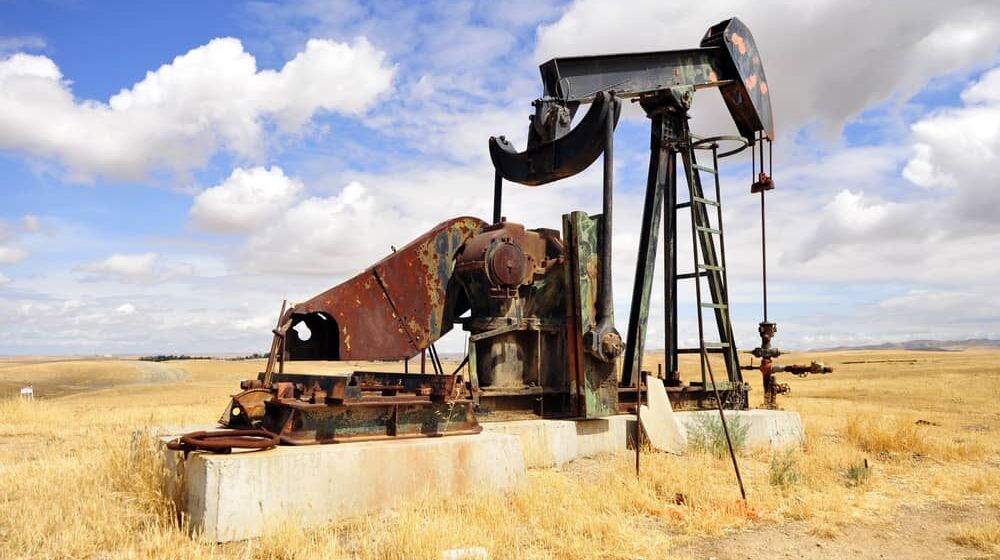When a well is no longer needed for oil and gas development, there are minimum requirements to ensure that it is emptied, purged, isolated, and permanently closed. Proper well abandonment is needed to ensure that there are no risks to the public or the environment. Well abandonment is generally required for two reasons:
- It has reached the end of its useful life and is no longer economically feasible
- It has exhausted the oil and gas reserves, and it is no longer needed
Before a well can be abandoned, the company that owns the well must inform all parties that may be affected by the abandonment. They must also follow the government’s requirements and guidelines for well abandonment.
In Alberta, the Alberta Energy Regulator (AER) details the requirements set out in Directive 020: Well Abandonment to ensure that the public and environment are protected before, during, and after a well is abandoned.
The process of abandoning a well
While the process can vary between projects, well abandonment typically follows these steps:
Establish a project plan – The company creates an abandonment program specific to the well, including identifying any issues that could lead to potential leaks. The project plan must also evaluate all oil or gas formations and groundwater zones the well passes through and ensure that the cement that holds the well in place remains intact. Although an abandoned well is taken out of service, it is still the company’s responsibility to maintain it.
Clean the inside of the wellbore – Once the project plan is in place, the company must remove any oil or gas that could cause it to corrode or leak. Any oil and gas formations and groundwater zones must be isolated from the wellbore to protect the public and the environment.
Test the well – Once the wellbore is cleaned, the company must fill the well with fresh water or other non-corrosive fluid to ensure that there are no leaks.
Surface abandonment – Lastly, the well casing must be cut to a minimum of one metre below the surface and a vented cap is placed on top of the casing to seal it.
Nitrogen for pipeline, well, and plant abandonment in Alberta
All combustible fluids must be eliminated for a well, pipeline, or plant to be classified as abandoned. During the process, purging the wellbore can be done with an inert gas to force out any residual material left within the pipeline.
Onsite nitrogen generation is the preferred method for well abandonment because it:
- Is cost-effective
- Reduces the company’s carbon footprint
- Improves the safety of the project
- Can reach a purity level of 95-99%
- Eliminates the risk of fire/explosion
- Eliminates the complex logistics of hauling nitrogen tanks to the site
- Minimizes downtime
While other types of gases can be used, nitrogen is preferred due to its high purity levels and efficacy. Nitrogen is non-combustible, dry, and can quickly displace moisture and oxygen. For well abandonment, where ensuring the safety of the public and the environment is the primary concern, nitrogen is crucial for the process.


